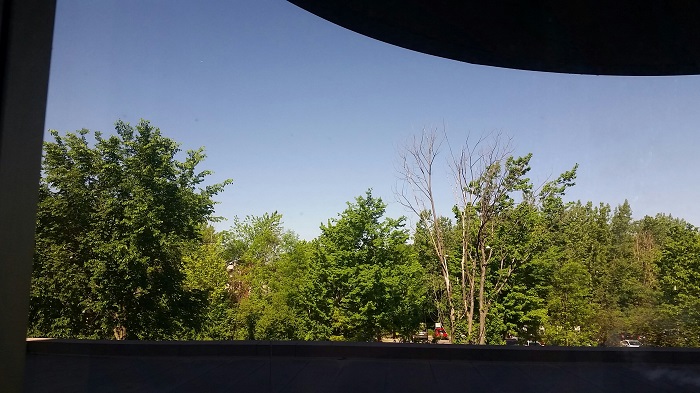I’d just met the neuro-anesthesiologist, the new treating physician to whom I’d been assigned by my local community hospital. On May 25th he confirmed the diagnosis; I had a rare neuro-inflammatory disease.
He explained that this rare condition could spread; it could jump from one limb to another – from my affected right arm to the other, or from my arm to a leg. If it reached my legs, it would be all but impossible for me to walk.
He also explained that there were no proven treatments for this condition; that almost anything we tried would be experimental. Finally, he advised me that all patients with this disease experience it differently; each patient with CRPS can present differently. In other words, each patient will have their own particular response to any given treatment.
This meant that we would be, in effect, trying treatments at the N=1 level; with a patient population of 1 individual. Me. He knew that I was used to looking at clinical trial protocols involving thousands of patients, and that I’d have to change my mindset to an approach with almost no evidence, no medical journal articles, no research findings…
I finally had a diagnosis; a confirmation of what I knew – a truth that had been denied and dismissed by an orthopaedic surgeon for months – that something was seriously wrong with my hand and arm, I was now meeting with a specialist physician who was willing to treat me as a partner.
I knew from my clinical research background that “patients who are more actively involved in their health care experience better health outcomes”(1), and was now hoping to be one of those patients with a good outcome!
The research that I just quoted also sets out some essential elements of shared patient-physician decision making in healthcare:
First, providers and patients must recognize that a decision is required. Next, they must have at their disposal, and understand, the best available evidence. Finally, they must incorporate the patient’s preferences into treatment decisions” (1).
In the case of this rare disease, part of understanding the evidence was accepting that there was none. Or, at best, that there was very little evidence of efficacy or effectiveness for any possible treatment approach.
After discussing the options, the neuro-anesthesiologist proposed a treatment plan and explained his reasoning. He told me that whatever we decided to do, it would be our treatment plan; that I could – and should – discuss my concerns with him going forward.
He reassured me that we could adapt, or completely revise, our agreed treatment plan over time. He used an example of a concept that I was familiar with from my work in clinical research; if I decided at any point that the risks didn’t outweigh the potential benefits, we could try a less intensive approach.
In my field – bioethics, or medical ethics – this is called a risk-benefit analysis. Years ago this would have been evaluated only by the medical professionals involved in a patient’s care, but this is now usually a shared task involved both the patient and their physician(s).
At this point in our discussion, he asked me wait for a few moments while he went to write up our agreed-upon treatment plan, schedule, and prescriptions for a multi-medication regimen. I’d met with him at 11:15, and it was now past noon on a Friday afternoon.
I expected him to return the post-op bay where we’d met, hand me some prescriptions, and give me an appointment for a first treatment the following week.
Instead, he came back in and asked me to change into a hospital gown. Within an hour of our initial meeting, my new neuro-anesthesiologist was wheeling me into the day surgery operating room (OR) – himself! On his lunch break!
We’d agreed to try a series of six invasive procedures; stellate ganglion blocks. A type of dangerous nerve blocks. This was the first of a series of six of these day surgery procedures, all within a 2-week period.

I found out later, from one of the OR nurses, that most of these procedures were done during his lunch break or before his regular working hours. The OR nurses, and ultrasound technicians, had assisted him during their off-hours as well.
The relatively risky approach we’d agreed to try – as physician and patient as partners – worked. After these six day-surgery procedures, we’d stopped this rare disease from spreading any further up my arm.
Early on in our conversations, this specialist had asked what types of things helped bring me peace or calm. I’d replied that nature always had a calming effect on me. Was it a coincidence that my pre- and post-op bed was always the one with this beautiful view of the nearby forest? I’ll never know, because I’m not going to ask him!
Next we’ll try to treat it, to reverse some of the neuro-vascular and joint damage that had set in during the three months in which I was fighting for a diagnosis. In those three months, the disease had spread from the fingertips to above my wrist.
References:
(1) Julia James. Health Policy Brief: Patient Engagement. Health Affairs. 14 Feb 2013. Online: doi 10.1377/hpb20130214.898775. Accessed 05 Jun 2016. Web:
http://www.healthaffairs.org/healthpolicybriefs/brief.php?brief_id=86
